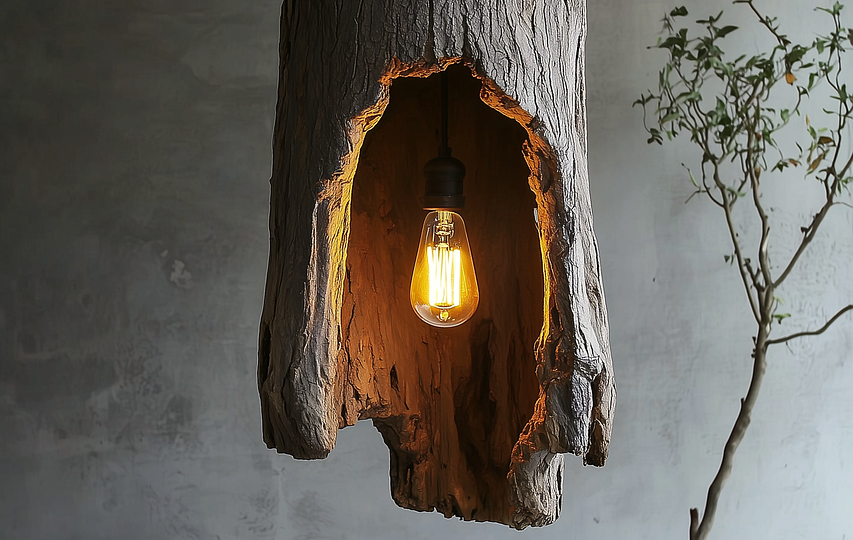
How to Choose the Best Lighting Fixtures for Your Home
Introduction
Lighting plays a crucial role in home design. It’s not just about illuminating a space; it’s about setting the mood, enhancing aesthetics, and making daily tasks easier. Choosing the right lighting fixtures can transform your home, making it more inviting and functional. But with so many options available, how do you make the best choice? Let’s dive in!
Understanding Different Types of Lighting
Lighting isn’t just a one-size-fits-all solution. There are three primary types of lighting, each serving a unique purpose:
Ambient Lighting
Also known as general lighting, ambient lighting provides overall illumination. Think of ceiling lights, recessed fixtures, or large pendant lights that brighten up a whole room.
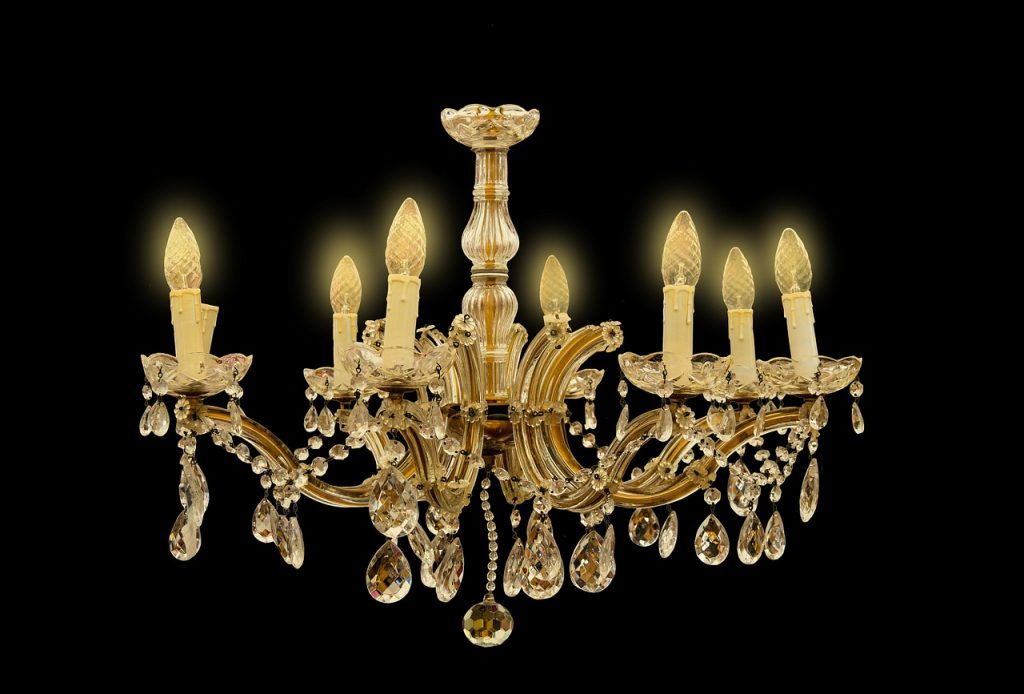
Task Lighting
Task lighting is focused light that helps with specific activities like reading, cooking, or working. Desk lamps, under-cabinet kitchen lights, and bathroom vanity lights fall into this category.
Accent Lighting
Want to highlight a beautiful painting or an architectural feature? Accent lighting is your go-to. Spotlights, wall sconces, and track lights help draw attention to specific areas.
Choosing the Right Lighting for Each Room
Living Room Lighting
A combination of ambient, task, and accent lighting works best. A central chandelier or pendant light can provide overall illumination, while table lamps and wall sconces add warmth.
Kitchen Lighting
Task lighting is essential in kitchens. Under-cabinet lights improve visibility on countertops, while pendant lights over an island add both function and style.
Bedroom Lighting
Opt for soft, warm lighting to create a cozy atmosphere. Table lamps on nightstands and recessed ceiling lights with dimmers allow for adjustable brightness.
Bathroom Lighting
Bright, shadow-free lighting is necessary. Vanity lights around mirrors, recessed ceiling lights, and waterproof fixtures for showers enhance functionality.
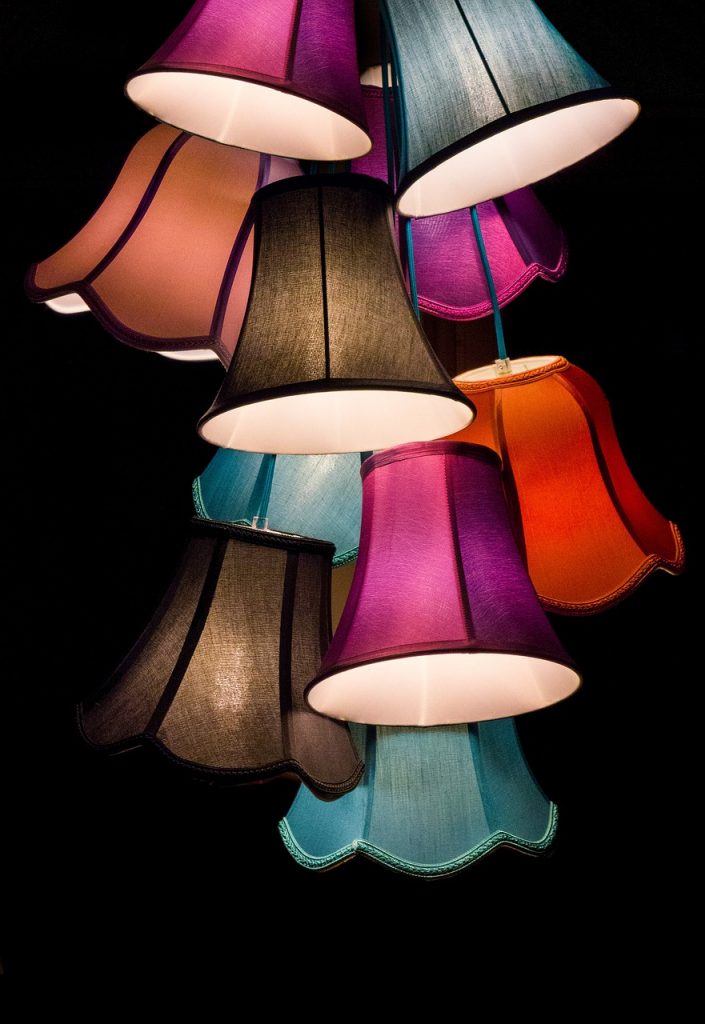
Types of Lighting Fixtures
Chandeliers
Elegant and decorative, chandeliers are ideal for entryways, dining rooms, or grand living spaces.
Pendant Lights
These hanging lights provide focused lighting, perfect for kitchen islands and dining areas.
Recessed Lighting
Installed into the ceiling, recessed lights offer a sleek, modern look while providing ample illumination.
Track Lighting
Adjustable and stylish, track lighting is great for accentuating artwork or specific areas of a room.
Wall Sconces
These fixtures add soft, ambient lighting and work well in hallways, bathrooms, and reading nooks.
Floor and Table Lamps
Portable and versatile, these lamps provide both task and accent lighting.
Lighting and Interior Design Styles
Choosing lighting that complements your home’s decor is key:
- Modern: Sleek fixtures with clean lines and minimalistic designs.
- Traditional: Ornate chandeliers and classic lampshades.
- Industrial: Metal finishes and exposed bulbs.
- Minimalist: Simple, functional lighting with neutral tones.
- Rustic: Warm, wooden elements with vintage bulbs.
Color Temperature and Brightness
- Warm Lighting (2700K-3000K): Creates a cozy, relaxing atmosphere.
- Cool Lighting (3500K-5000K): Ideal for task-oriented spaces like kitchens and offices.
- Brightness (Lumens): The higher the lumens, the brighter the light. Choose appropriately based on room function.
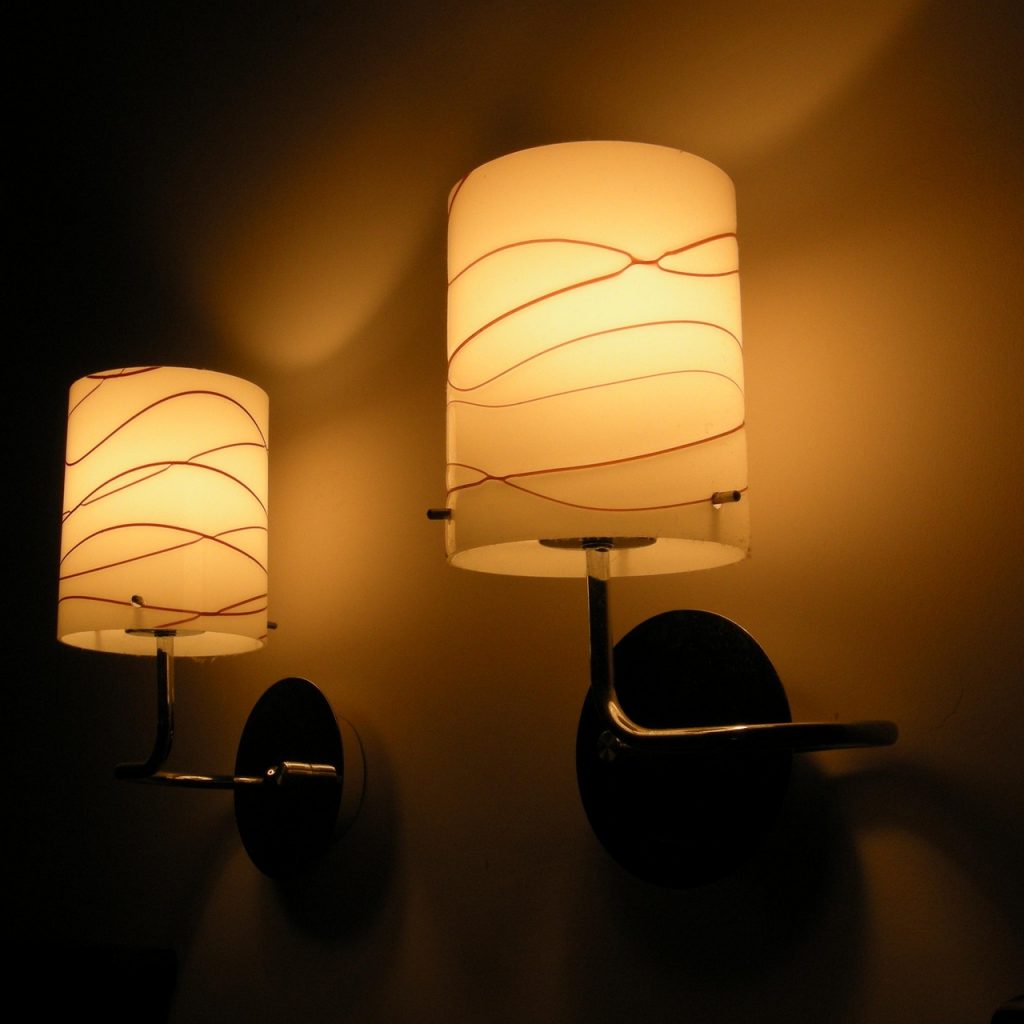
Energy Efficiency and Sustainability
- LED vs. Incandescent: LED bulbs use less energy and last longer.
- Smart Lighting Options: Control brightness and color temperature through mobile apps or voice assistants.
Factors to Consider Before Buying
- Room Size: Larger rooms need more powerful lighting.
- Ceiling Height: High ceilings require pendant lights or chandeliers.
- Functionality: Choose lighting that meets your daily needs.
- Aesthetics: Ensure it complements your interior design.
Installation and Maintenance
- DIY vs. Professional Installation: Simple fixtures can be DIY, but complex setups may need expert help.
- Cleaning and Upkeep: Regular dusting and occasional bulb replacement keep fixtures in top condition.
Common Lighting Mistakes to Avoid
- Over-lighting or under-lighting a space.
- Choosing the wrong bulb type or color temperature.
- Ignoring energy efficiency.
Final Tips for Perfect Home Lighting
- Layer Lighting: Combine ambient, task, and accent lighting.
- Use Dimmers: Adjust brightness for different moods.
- Highlight Architectural Features: Use lighting to enhance decor elements.
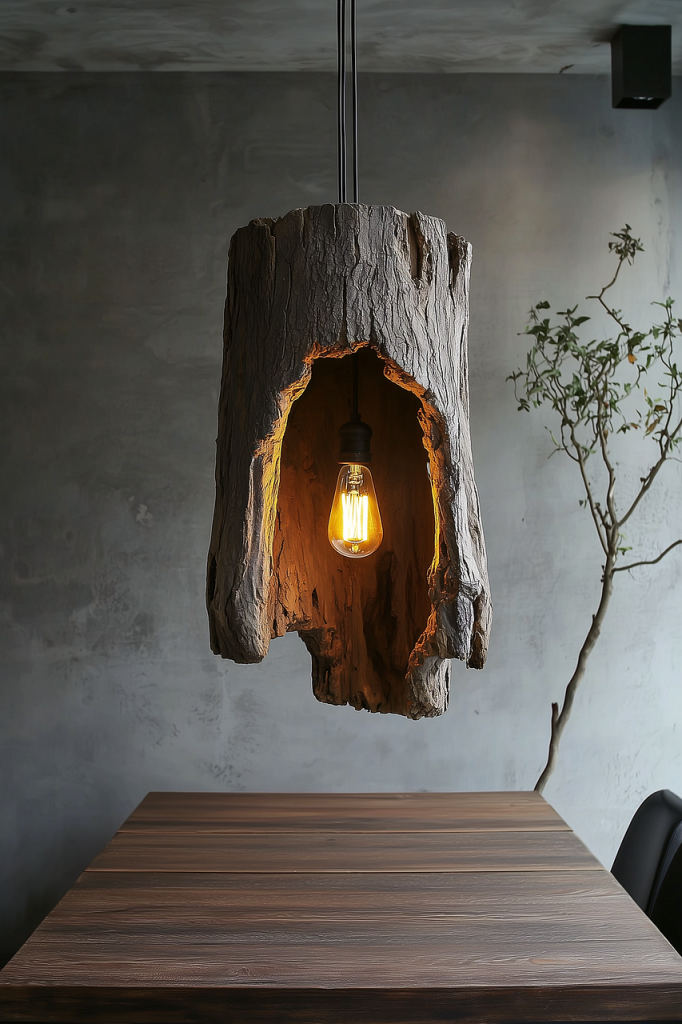
Conclusion
Lighting isn’t just about illumination; it’s about creating a functional and inviting home. By understanding different types of lighting, fixtures, and design considerations, you can choose the best lighting for your space. So, take your time, explore your options, and light up your home beautifully!
FAQs
- What is the best lighting for a small room? Use recessed lighting and wall sconces to save space while maximizing brightness.
- How can I make my home more energy-efficient with lighting? Switch to LED bulbs and use smart lighting systems to reduce energy consumption.
- What’s the best lighting for reading? Task lighting, such as adjustable desk lamps or bedside lamps with warm white bulbs, is ideal.
- Should I use the same lighting style throughout my home? Not necessarily. Different rooms require different lighting styles to match their function and aesthetics.
- How do I know if my lighting is too bright or too dim? Consider the room’s purpose and test different lumens to find the right balance.